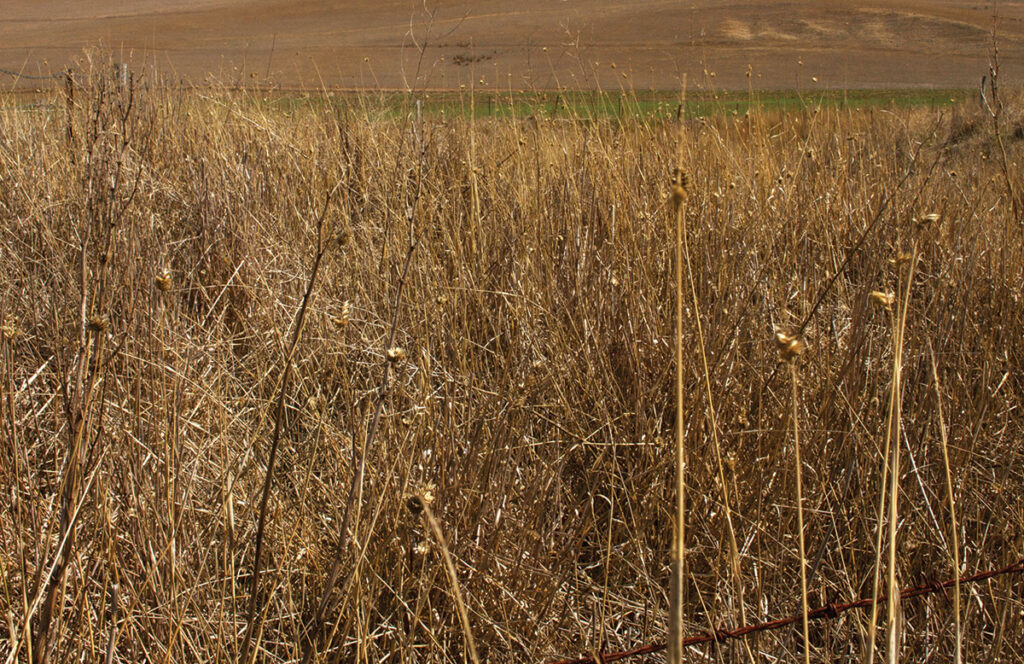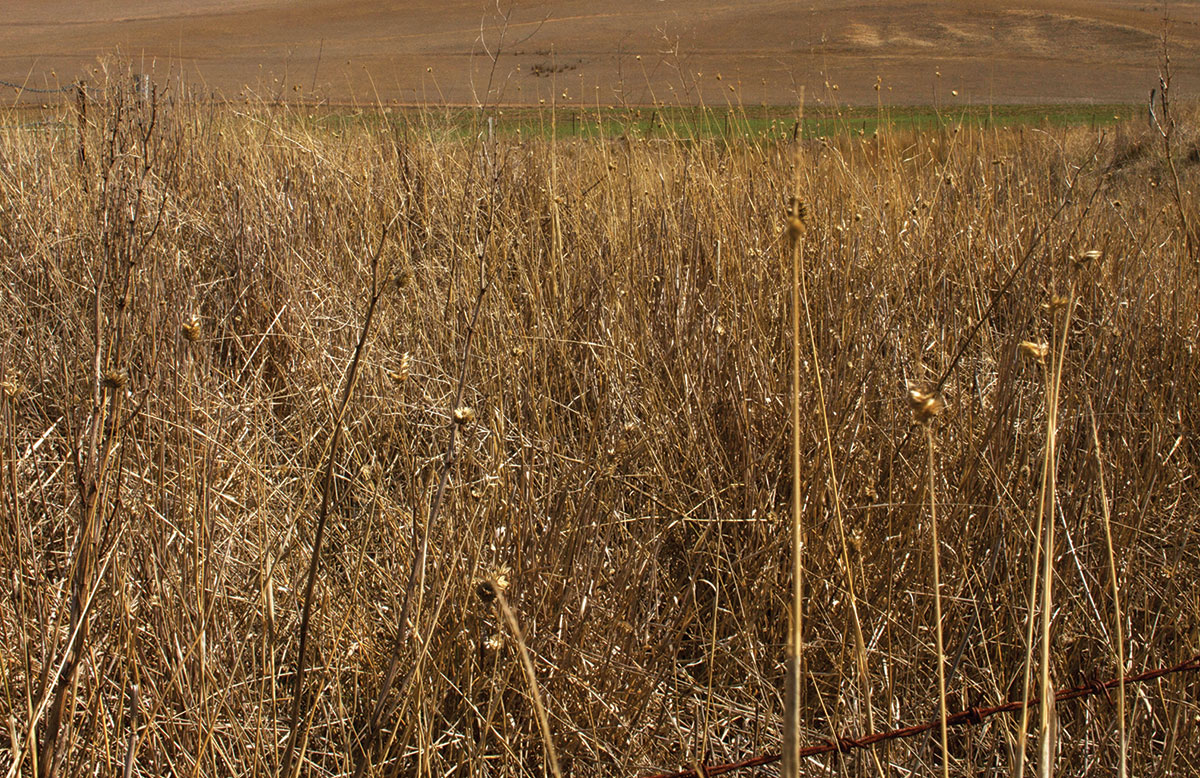
Some forages should recover from dry conditions, others will not
Drought conditions are plaguing much of Southern Missouri and parts of Northern Arkansas with only pockets of the region lucky enough to get some rain. However, Eastern Oklahoma has had the good fortune of spring and summer rainfall. Whether the fields have received little, a lot or no rain at all most operations in the Ozarks are still reeling from the impact of past droughts. For some, the situation is compounded by a current lack of precipitation.
Fall Recovery
For the producers concerned whether their pastures will be able rebound fast enough to provide adequate fall forage or contribute to their hay supply, there is hope. “I would say it is never too late especially when we are looking at the middle of summer to recover from summer droughts, we have seen that plenty of times as we look in the past,” Brian Pugh, area agronomy specialist with Oklahoma State University Extension, stated.
Tall fescue and other cool season grasses are not severely impacted by current drought conditions because they are not growing this time of year. They will resume their growth in the fall. “We don’t tend to see as much of the fescue struggling just because it is a cool season grass; the summer droughts don’t affect it as much as the warm season forages,” Pugh said. “So, recovery on the fescue should be quicker as soon as you get the fall rains.”
Weather Patterns
Though for parts of the Ozarks the summer weather outlook has been quite grim, the forecast for fall seems promising. “I guess the good news is we are in an El Niño weather pattern now which means for our area of the Midwest and Southern Plains that typically means pretty good fall rains,” Pugh explained. “I always tell people that September is the most rain secure month of the entire year and that is particularly true in El Niño patterns.” However, the sooner the rainfall arrives the better especially for warm season grasses.
Warm Season Grasses
The stands of warm season grasses were already struggling in many parts of the region. Dry conditions in September and October of 2021 and then again in 2022, caused those grasses to be behind in growth or nonexistent. “If the area is in a drought during that time (September and October) that plant doesn’t get to send as much energy to the root system as it needs,” Pugh said.
“This can result in stand loss or plants that are slower to recover the following spring.”
The warm season grasses are taking an additional hit to growth during the extremely dry summer.
“I would expect a lot of what producers are seeing in Arkansas and Missouri now, is similar to what we are seeing currently (in Eastern Oklahoma), that is some of these fields have been slow to recover and we are really just now getting into active growth for some of those fields that were either overgrazed last year, maybe not fertilized to the point they should have been, or they had a lot of cool season competition early in the spring and they are just now starting to respond and grow.”
Managing Pastures
While producers have no control over whether it rains, they can take steps to help their pastures be productive even in drought conditions. Agronomists advise producers to get a soil test and assess the levels of potassium and nitrogen in their pastures.
“We do know that potassium plays a huge role in water relations in the plant and drought recovery of plants. If the soil is potassium deficient, then key in on that during the drought,” Pugh recommended.
Additionally, nitrogen applications make plants more water use efficient. Agronomists state that the best way to capitalize on rainfall is to have proper nutrients available for grass which will help it to respond and recover faster.
Another strategy to help manage through the drought is stockpiling pastures for fall and winter grazing.
“All is not lost, we can make up for lost time and lost hay production if we are willing to fertilize those pastures in early September and stockpile that forage and make the cow do the work to harvest that forage once we get into late fall and early winter,” Pugh stated.
Lastly, though it may be a tough management decision to make, moving cattle to a sacrificial pasture to allow another pasture to grow and recover is another strategy to consider.
“Proper grazing management goes a long way towards drought recovery in the future. Leaving some residual leaves, some thatch on those plants is important for their health and regrowth,” Pugh said.






